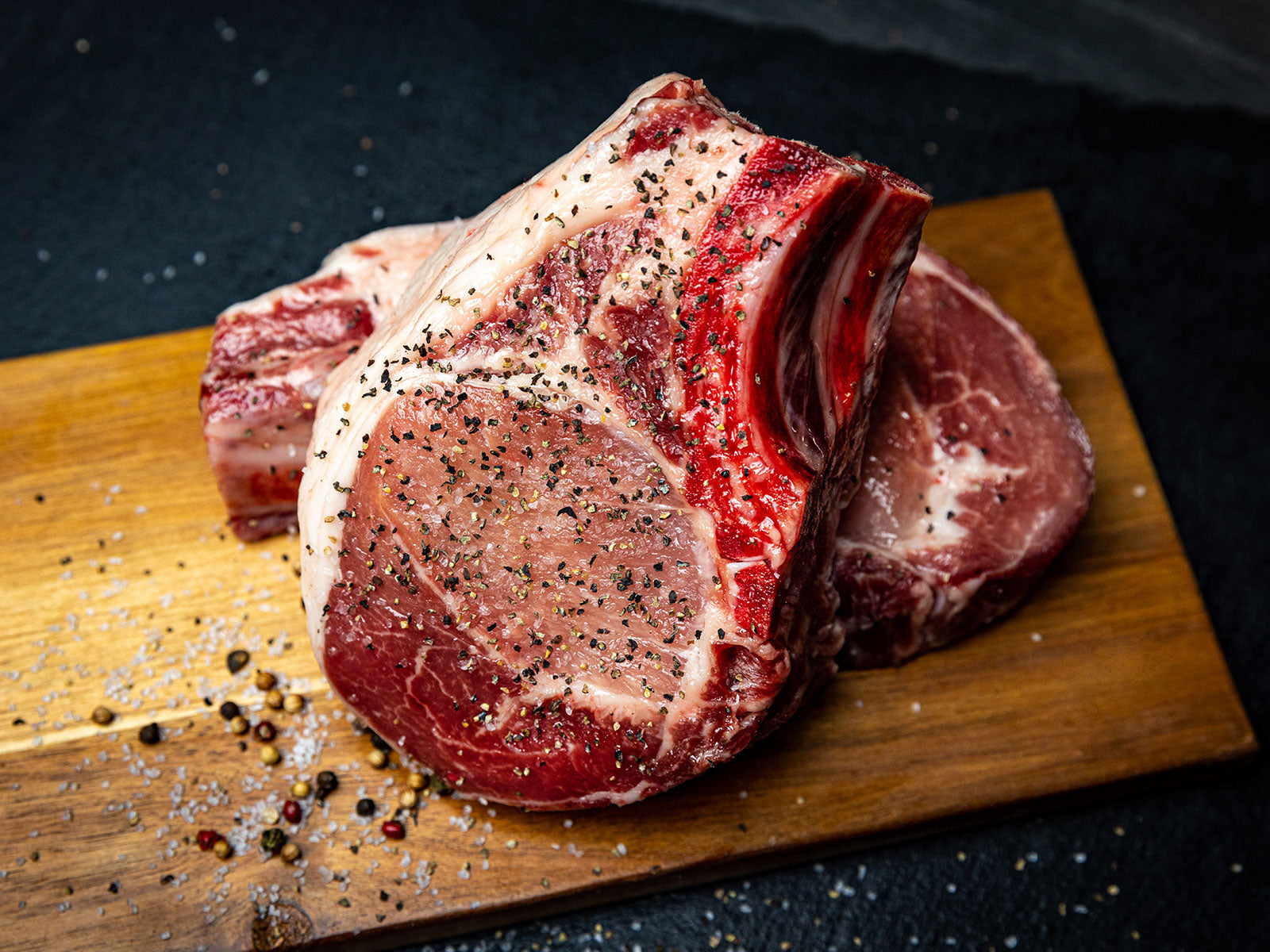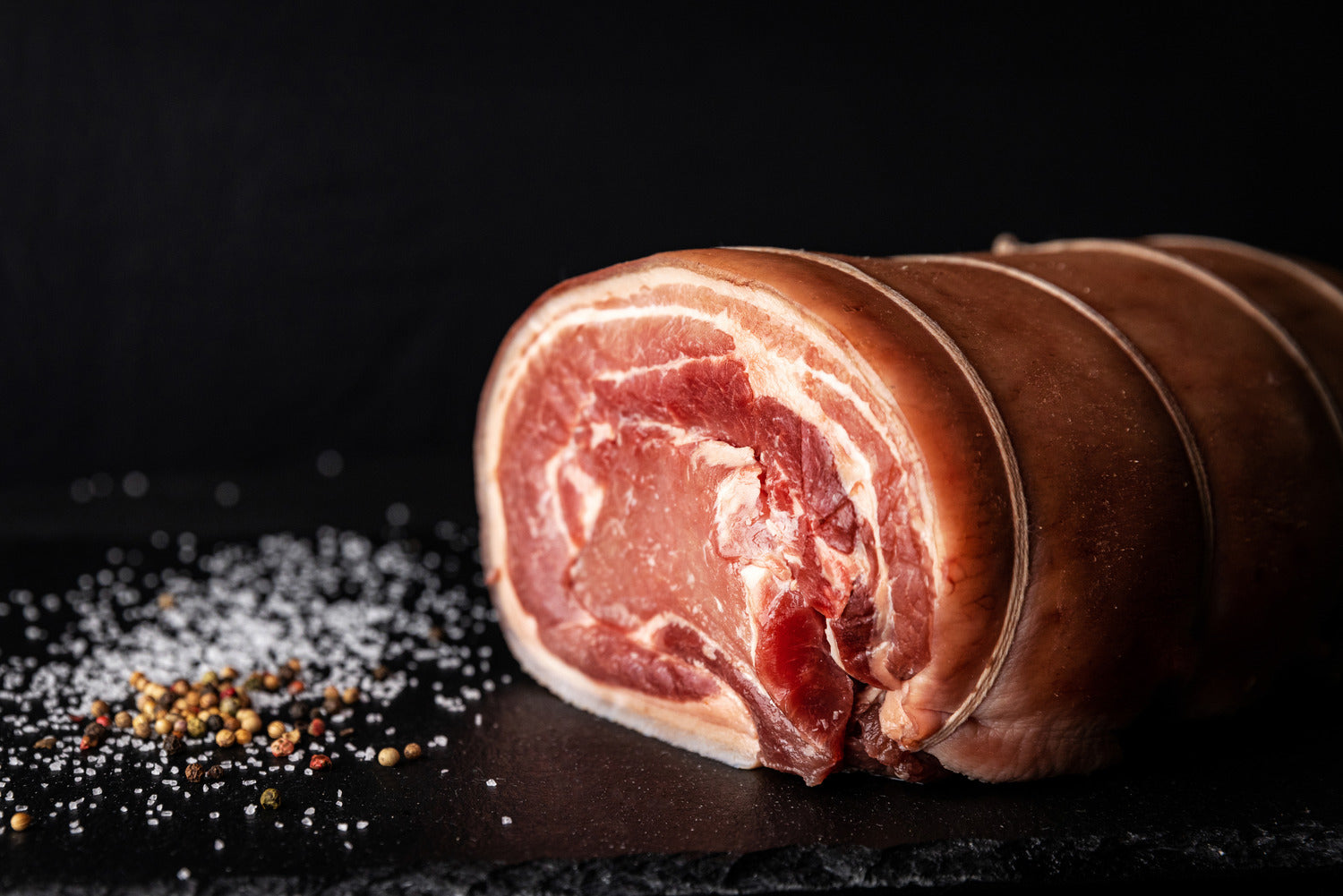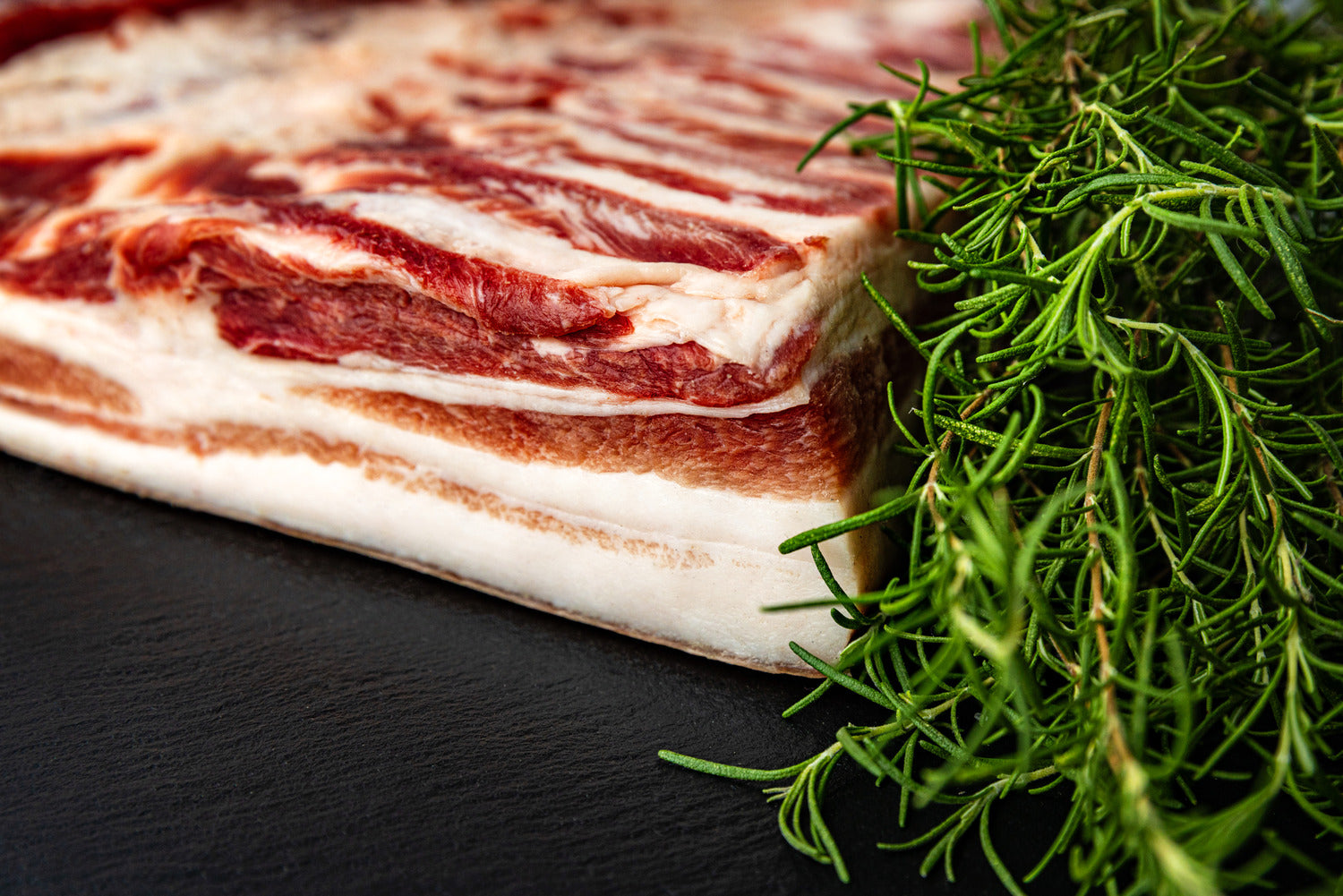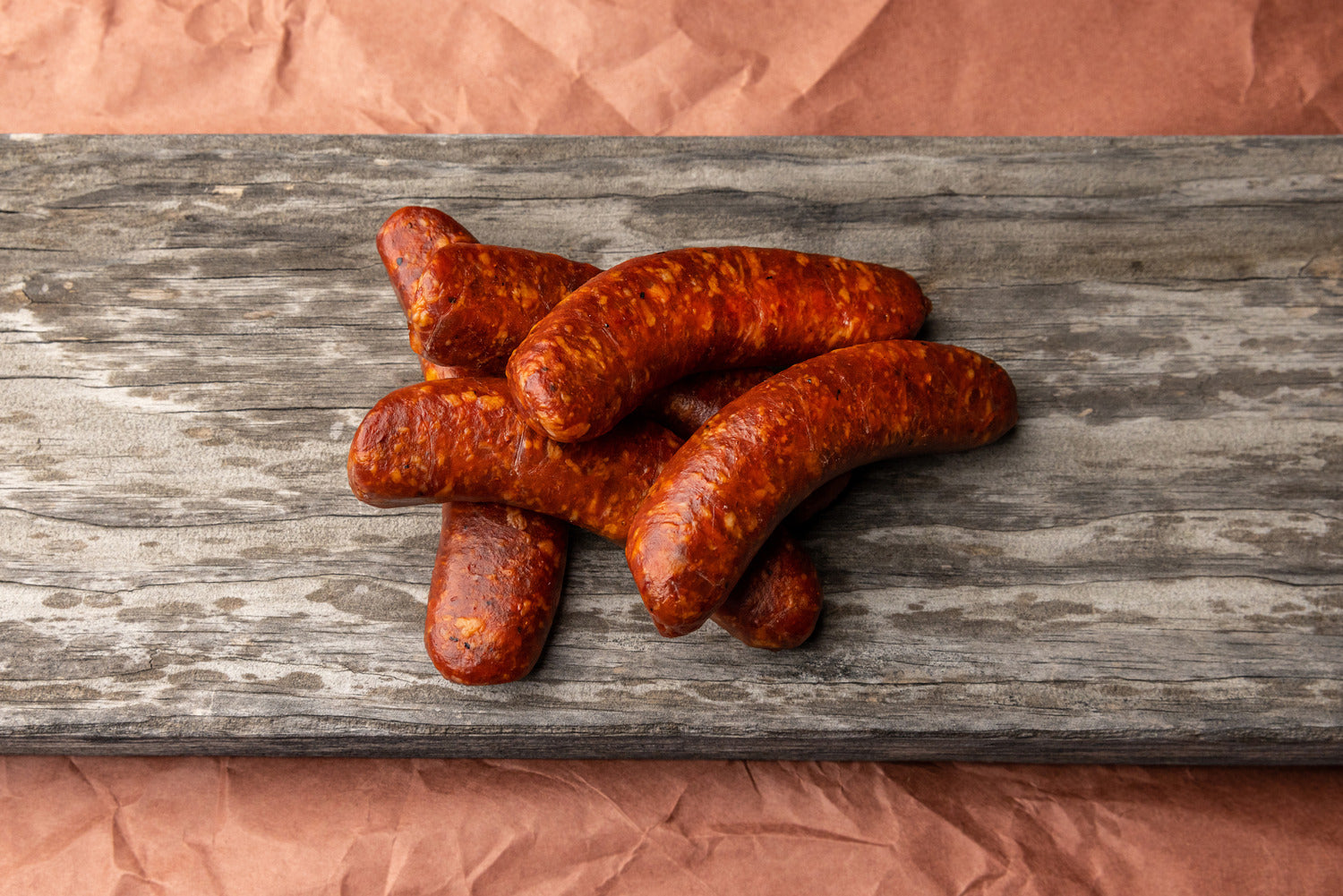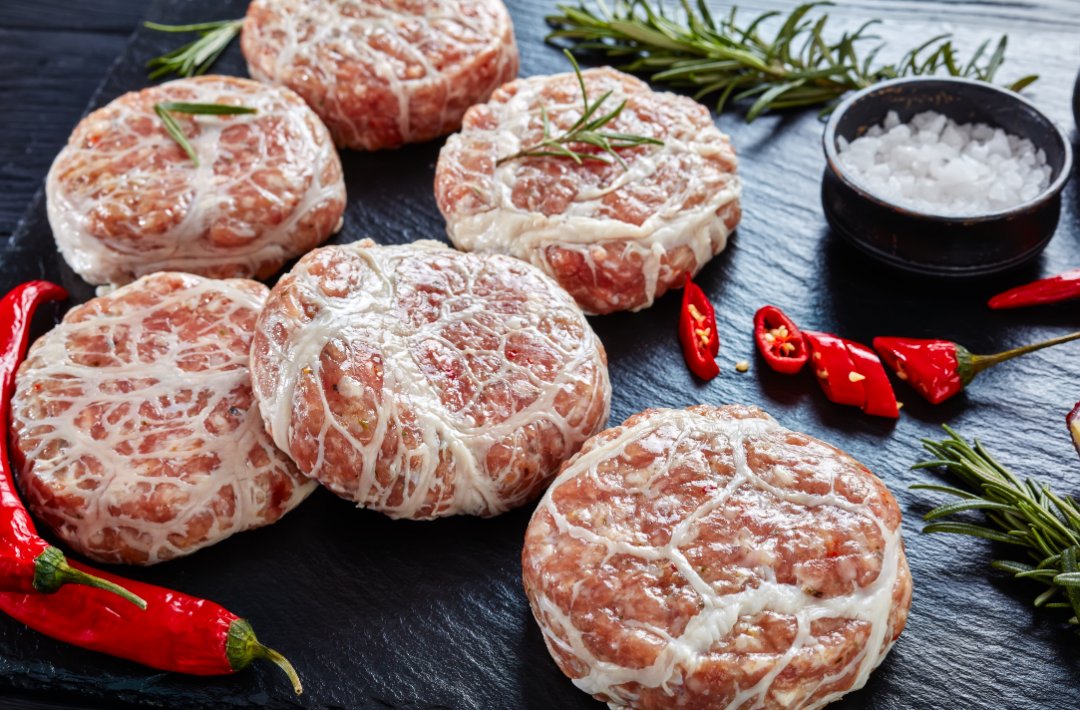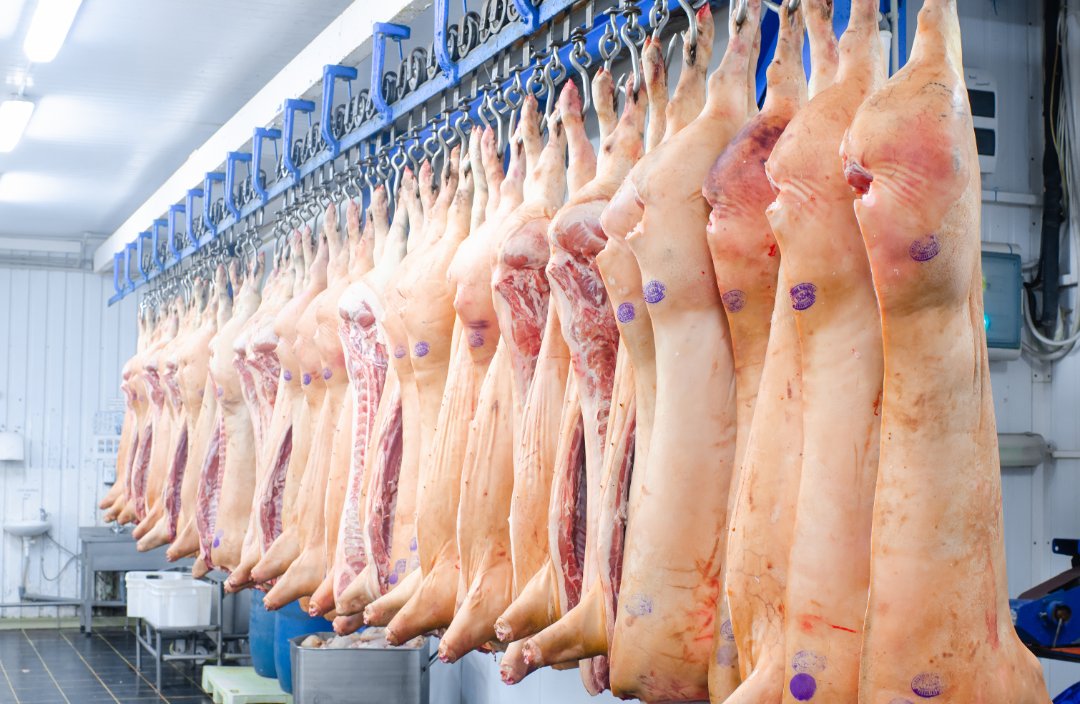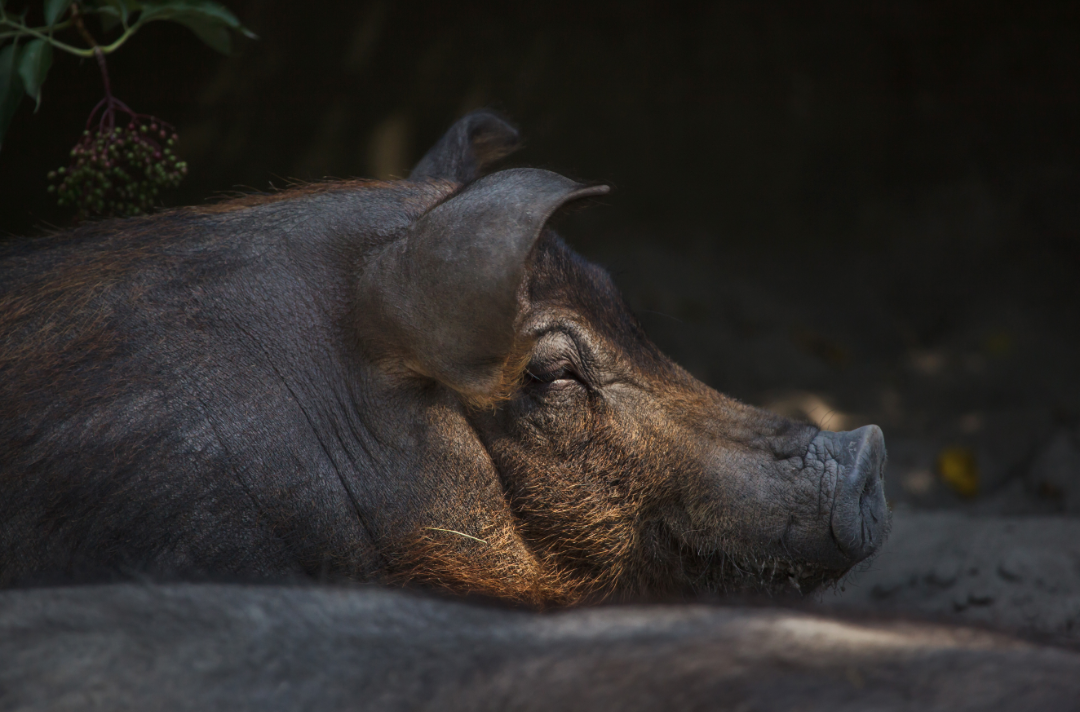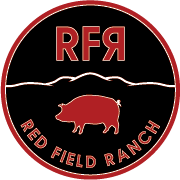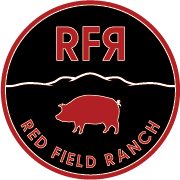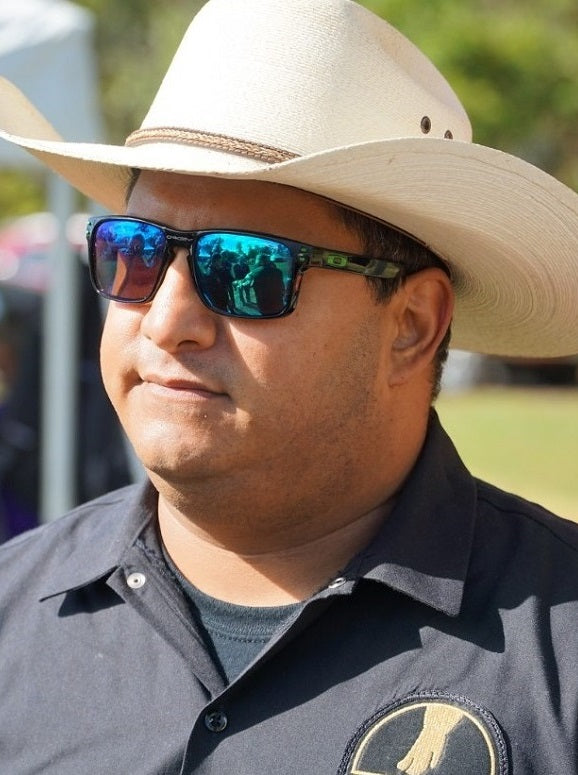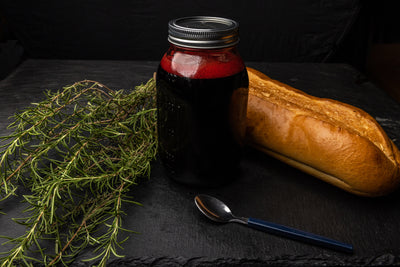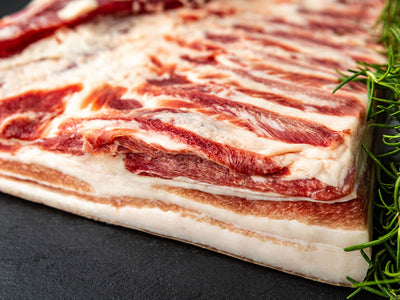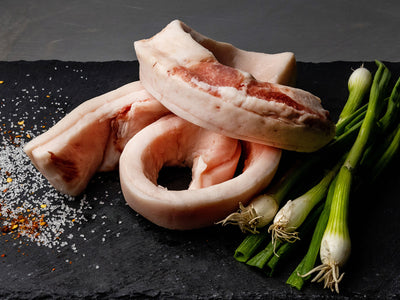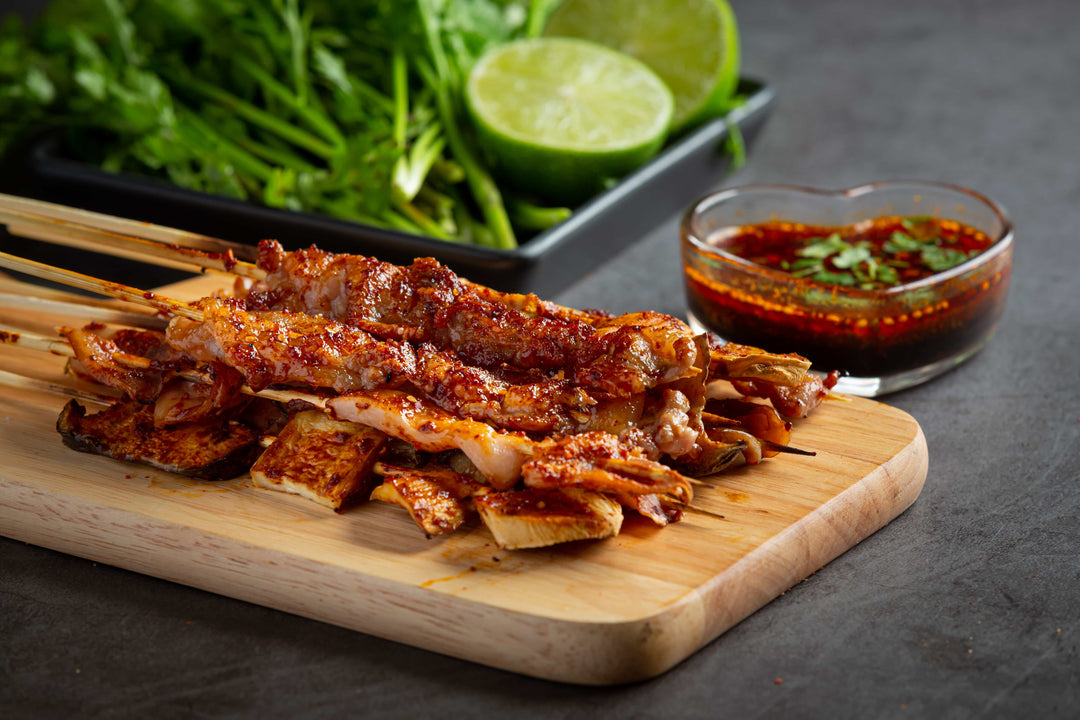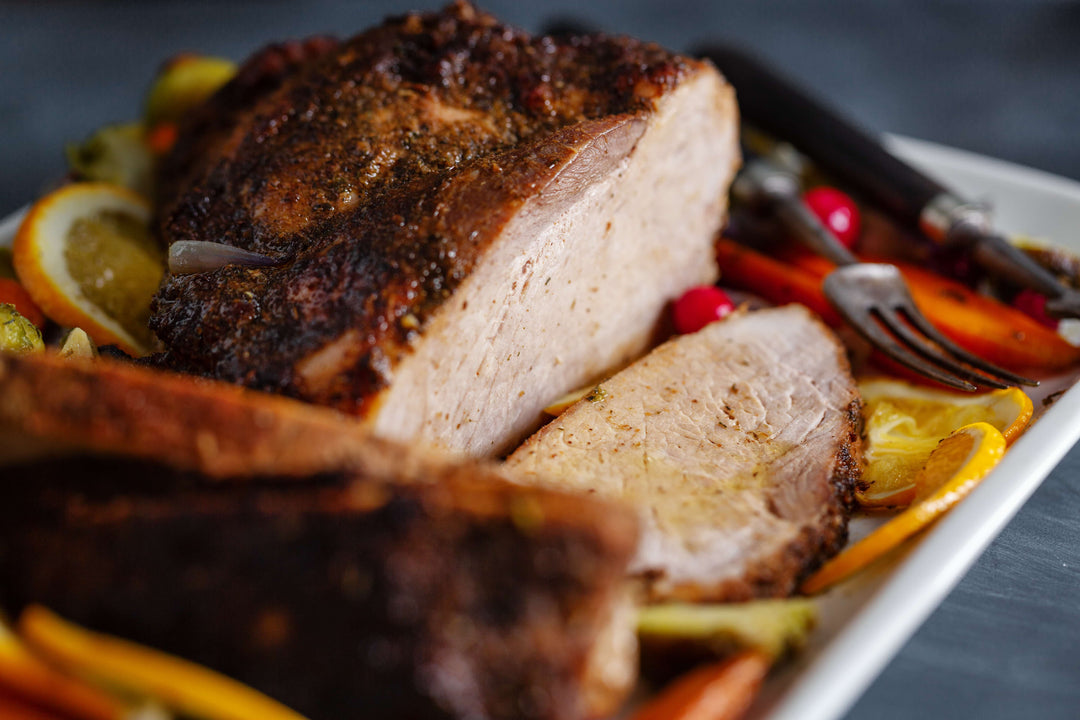Table Of Content
- The History of Japanese Wagyu and American Wagyu
- Japanese Wagyu
- Texas Wagyu
- Critical Differences Between Texas Wagyu and Japanese Wagyu
- Genetics and Breeding
- Feeding Practices
- Environmental Factors
- Cultural Practices
- Regulatory Standards
- Price and Availability
- Buy Texas Wagyu From Red Field Ranch
When it comes to premium beef, Wagyu stands out for its exceptional marbling and rich flavor. But not all Wagyu is created equal. In this blog, we explore the distinctions between Texas Wagyu and Japanese Wagyu, exploring their origins, breeding practices, and unique qualities. Discover the key differences that set these two types of Wagyu apart and find out which one might be the perfect choice for your next gourmet meal.
The History of Japanese Wagyu and American Wagyu
Japanese Wagyu has a history spanning centuries, originating from native Japanese cattle breeds selectively bred for their endurance and muscle quality. By the early 20th century, strict regulations ensured the purity of Wagyu genetics, resulting in beef renowned for its marbling, tenderness, and flavor. The main breeds include Japanese Black, Brown, Polled, and Shorthorn. In contrast, American Wagyu began in the late 20th century with the importation of Japanese Wagyu cattle to the U.S. for crossbreeding with American breeds. This aimed to blend Wagyu's superior marbling with the robustness of American cattle. Today, American Wagyu offers a unique balance of traditional Wagyu qualities and American beef characteristics, overseen by the American Wagyu Association.
Japanese Wagyu
Japanese Wagyu originated from native Japanese cattle breeds selectively bred for endurance and superior muscle quality. The four main breeds are Japanese Black, Japanese Brown, Japanese Polled, and Japanese Shorthorn, each contributing to the distinct characteristics of Wagyu beef.
Wagyu cattle in Japan are raised with meticulous care, often receiving a specialized diet that includes rice straw, whole-crop hay, and concentrate. Farmers provide a stress-free environment, sometimes incorporating techniques like massage and playing classical music to ensure the cattle remain calm, which enhances meat quality.
The Japanese Wagyu grading system evaluates beef based on yield grade (A to C) and meat quality grade (1 to 5), considering factors like marbling, color, texture, and fat quality. The highest grade, A5, represents the pinnacle of Wagyu beef quality.
Japanese Wagyu is celebrated for its rich marbling, which results in a buttery texture and a melt-in-your-mouth experience. The beef's high-fat content gives it a distinctive, luxurious flavor that is both delicate and intense, setting it apart from other types of beef.
Texas Wagyu
Texas Wagyu originates from crossbreeding Japanese Wagyu cattle with American breeds, combining the marbling traits of Wagyu with the robustness of local cattle. This unique blend offers a distinct beef product.
In Texas, Wagyu cattle are typically raised on a diet of grains, hay, and sometimes a mix of local feed. An emphasis is on providing ample space and low-stress environments to ensure optimal meat quality.
Texas Wagyu follows the USDA grading system, focusing on marbling, color, and texture. Prime grades indicate superior quality, similar to Japanese standards.
Texas Wagyu boasts rich marbling, delivering a tender, juicy texture and a robust, flavorful profile. It best blends Japanese and American beef characteristics.
Critical Differences Between Texas Wagyu and Japanese Wagyu
Genetics and Breeding
The genetic foundation of Wagyu beef plays a significant role in the differences. Japanese Wagyu cattle, originating from native Japanese breeds, have been selectively bred for centuries to enhance their superior marbling, tenderness, and flavor. In contrast, Texas Wagyu is typically a crossbreed of Japanese Wagyu and American cattle breeds such as Angus. This crossbreeding aims to combine the marbling characteristics of Wagyu with the robustness and size of American breeds, creating a distinct hybrid that reflects both genetic lineages.
Feeding Practices
Japanese Wagyu cattle are often raised on a highly controlled diet that includes rice straw, whole crop silage, and concentrate, meticulously designed to maximize marbling. These cattle are also raised in stress-free environments, with some farmers using techniques like massages and playing classical music to ensure the cattle remain calm, which can enhance meat quality. On the other hand, Texas Wagyu cattle are typically fed a diet that includes grains, hay, and a mix of local feeds. Texas often emphasizes providing ample space and a natural, low-stress environment to promote healthy growth and meat quality.
Environmental Factors
The environment where the cattle are raised also contributes to the differences in Wagyu beef. Japan’s temperate climate and traditional farming practices are tailored to the specific needs of Wagyu cattle, ensuring optimal conditions for developing their renowned marbling. Conversely, Texas offers a vastly different environment with its warmer climate and expansive ranches. The larger grazing areas in Texas allow for more movement and natural behavior, which can impact the texture and flavor of the beef.
Cultural Practices
Cultural practices surrounding the raising of Wagyu cattle are deeply rooted in tradition in Japan. The meticulous care and attention given to each animal, including specialized feeding regimens and stress-reduction techniques, are integral to Japanese Wagyu production. In contrast, American cattle-raising traditions often influence the practices. This includes larger-scale operations and potentially different methods of handling and care, which can affect the overall quality and characteristics of the beef.
Regulatory Standards
Regulatory standards for Wagyu beef vary between Japan and Texas. In Japan, the government enforces strict regulations to ensure the purity and quality of Wagyu beef, including detailed grading systems based on yield and meat quality. The highest grade, A5, represents the pinnacle of Wagyu beef quality. In Texas, Wagyu beef is graded according to the USDA standards, which focus on marbling, color, and texture.
Price and Availability
Japanese Wagyu is often more expensive and more complicated to find outside of Japan due to its limited production and the cost-intensive methods used to raise cattle. In contrast, Texas Wagyu, while still considered a premium product, is generally more accessible and affordable in the United States. The crossbreeding with American cattle and the larger-scale production help reduce costs and increase availability.
Buy Texas Wagyu From Red Field Ranch
Discover the unparalleled taste of Texas Wagyu from Red Field Ranch! Our premium Wagyu beef, raised in the heart of Texas, combines the rich marbling of Japanese Wagyu with the robustness of American cattle. Enjoy the superior flavor and tenderness from our meticulous breeding and feeding practices. Whether you're a gourmet chef or a home cook, elevate your culinary creations with our top-quality Texas Wagyu. Order now!
Frequently Asked Questions
Japanese Wagyu is often considered superior due to its highly refined marbling and texture, achieved through traditional breeding and feeding practices.
Yes, Texas Wagyu is real, but it typically results from crossbreeding Japanese Wagyu with American cattle.
No, not all Wagyu is the same; there are significant differences between Japanese and American Wagyu regarding breeding, feeding practices, and grading standards.
To verify if Wagyu is authentic, check for certification labels or documentation from reputable sources and examine the meat's marbling and texture. Genuine Wagyu will have distinct, high-quality marbling and a unique, rich flavor profile.
Wagyu is expensive due to its meticulous breeding practices, specialized feeding regimens, and strict quality control measures that ensure exceptional marbling, tenderness, and flavor.
